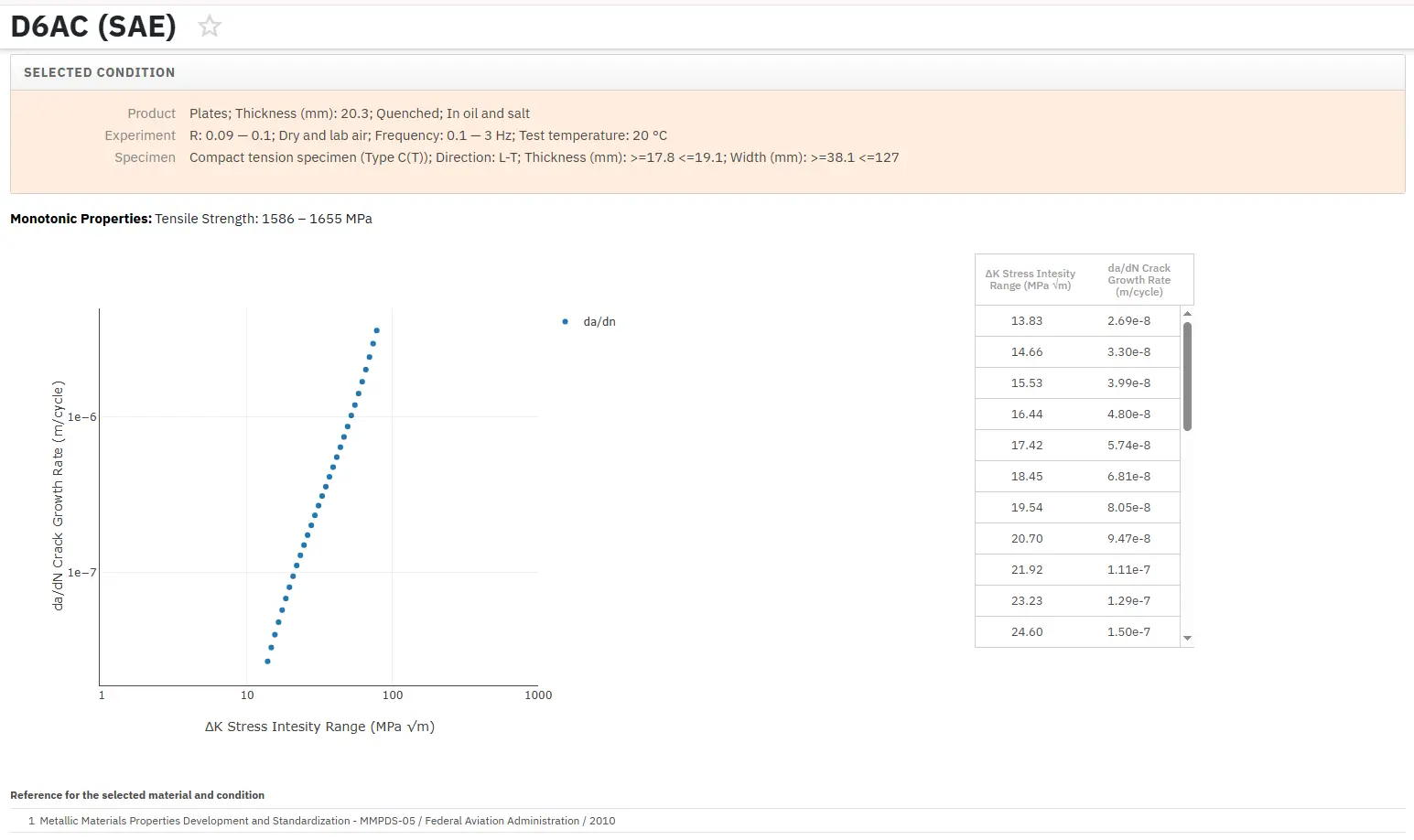Fracture Toughness of Tool Steels: Part One
Abstract
Fracture mechanics play an important role in material selection and maintenance and can directly ensure that engineering failures, some catastrophic, do not readily occur.
Stringent selection and processing of tool steels is a critical concern relating to fracture toughness and the application will in most cases determine the material of choice, additions to increase resistance to cracking and the heat treatment process themselves.
The material property associated with the ability to carry loads or resist deformation in the presence of a crack is defined as the fracture toughness. It is a comprehensive material property determined by the fracture mechanism, microstructure, etc., of the material. To determine fracture toughness of metallic materials a large number of standards are currently available. These standards use the load-displacement plot to estimate the fracture resistance of the materials.
The presence of a crack in a component of a machine, vehicle or structure may weaken it until eventually it may fail by fracturing into two or more pieces. This can occur at stresses below the material’s yield strength, where failure would not normally be expected. Where cracks are difficult to avoid, a special methodology called fracture mechanics can be used to aid in selecting materials and designing components to minimize the possibility of fracture.
The study and use of fracture mechanics is of major engineering importance, because cracks or cracks-like flows occur more frequently than we might think. For example, the periodic inspection of large commercial aircraft frequently reveals cracks, sometimes numerous cracks, which must be repaired. Cracks or crack like flaws also commonly occur in ship structures, in bridge structures, in pressure vessels and piping, in heavy machinery and ground vehicles.
They are also a source of concern for various parts of nuclear reactors. In many cases the material static and dynamic fracture resistance is used as a single design parameter, which can ensure the reliability of a mechanical device. Fracture toughness testing of metals based on linear-elastic fracture mechanics principles is governed by the ASTM standard E399.
A tool steel is defined as any steel used to make tools for cutting, forming or otherwise shaping a material into a part or component adapted to a definite use. The addition of relatively large amounts of tungsten, molybdenum, manganese and chromium can enable tool steels to meet stringent service demands and can provide greater dimensional control and freedom from cracking during heat treatment.
The performance of a tool in service depends on the design of the tool, the accuracy with which the tool is made, the choice of tool steel, and the choice of heat treatment. High quality tool steel, appropriate design and suitable manufacturing methods are the essential factors determining the procedure of the heat treatment.
In the paper of Asdrúbal Valencia G. and Worzala F.J. a study of the variables controlling fracture toughness of H-13 steel was conducted, the major aim being the optimization of its heat treatment. Properties were determined by means of plane-strain fracture toughness (KIc) tests, Charpy V-notch impact tests, and hardness measurements. Fracture characteristics were examined by means of an optical stereo microscope and a scanning electron microscope. It was observed that important variables, such as melting practice, austenitizing temperature, austenite grain size and retained austenite, had relatively little effect on the fracture toughness, KIc, values of H-13 steel.
The following points were noted as a conclusion to the study:
1. It was confirmed that for H-13 steel, differences in melting practice (VAR, ESR and AOD) did not have a significant effect on the fracture toughness, KIC.
2. For specimens singly austenitized, KIc, fracture toughness was determined to be moderately sensitive to variations in austenitizing temperatures above 1000°C.
3. When H-13 stee1 was dually austenirized, a 20-40% .improvement in KIC toughness was observed as compared to the singly treated samples.
4. The absence of coarse carbide in the dually treated stee1 appeared to be a major factor in the improved toughness. This finer distribution was associated with the carbide precipitation concomitant with the formation of acicular austenite during the second austenitizing process.
5. The heating rate during the reaustenitization treatment was seen to influence toughness. This appeared to be due to the formation of austenite crystals of random orientation during slow heating; whereas during rapid heating the austenite took on a more oriented structure which had lower toughness.
6. Crack growth appeared to occur by crack propagation around the carbides or by fracturing along the carbide-matrix interface. No evidence of carbide cracking was observed.
7. In spite of the KIC toughness improvement observed for dual austenitization, commercial processing in this manner may not be practical. Dual austenitization does not appear to improve the Charpy impact energy absorbed. Moreover, a balance of the significance of the improvement in KIC values and the economic considerations entailed in the longer time and higher energy consumption is necessary prior to the engineering application of such treatments.
Per saperne di più
Accedi immediatamente alle proprietà di meccanica della frattura di migliaia di materiali!
Total Materia Horizon include una raccolta esclusiva di proprietà della meccanica della frattura, come K1C, KC, crescita delle cricche e parametri della legge di Paris, per migliaia di leghe metalliche e trattamenti termici.

Ottieni un account di prova GRATUITO su Total Materia Horizon e unisciti a una comunità di oltre 500.000 utenti provenienti da più di 120 paesi.